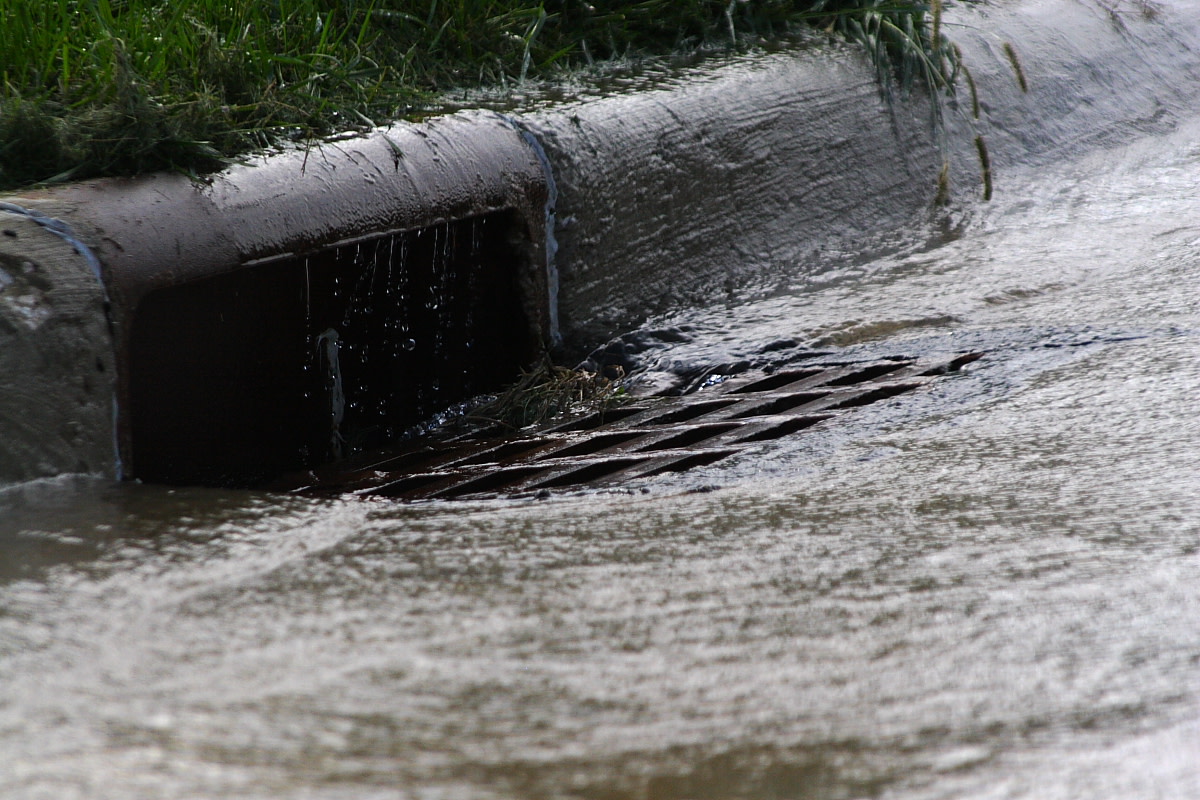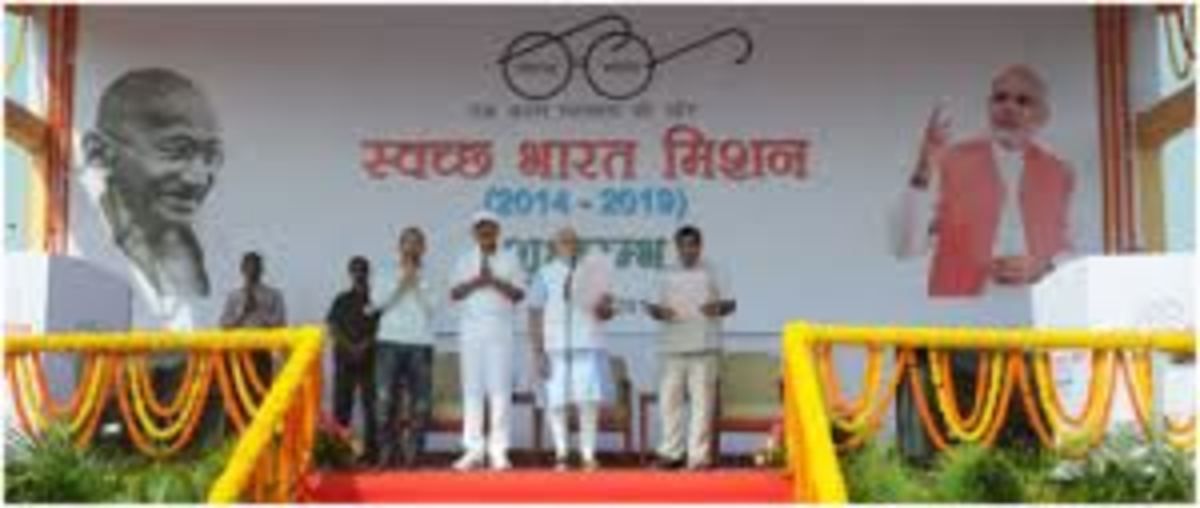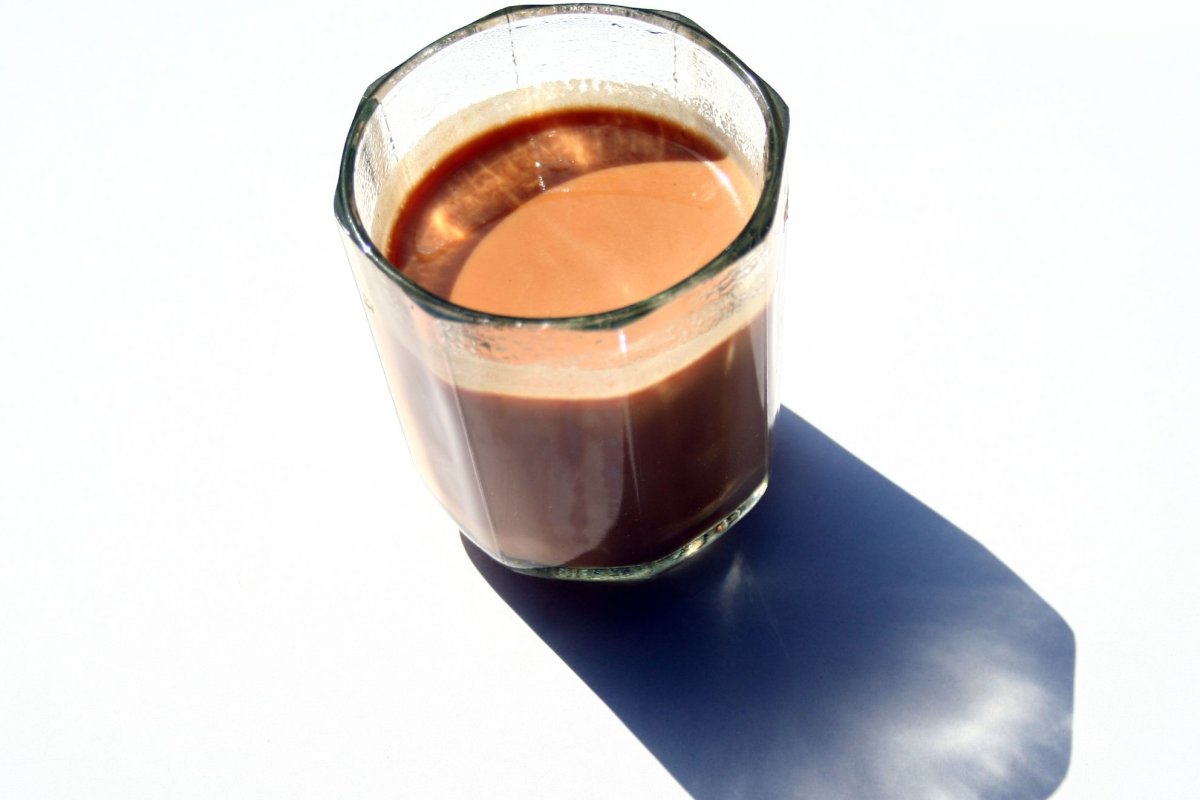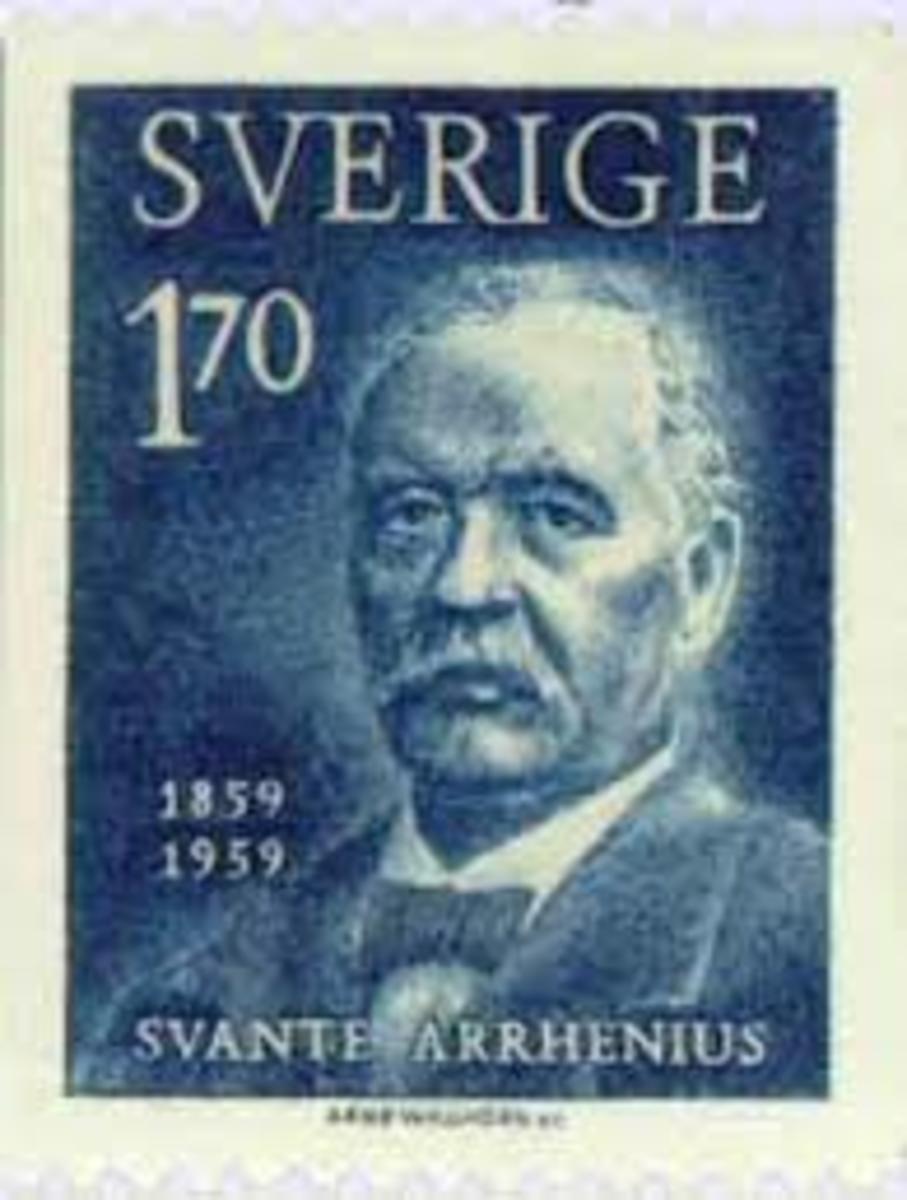Saving Water and Electricity in India
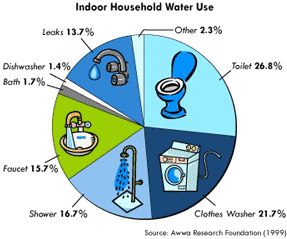
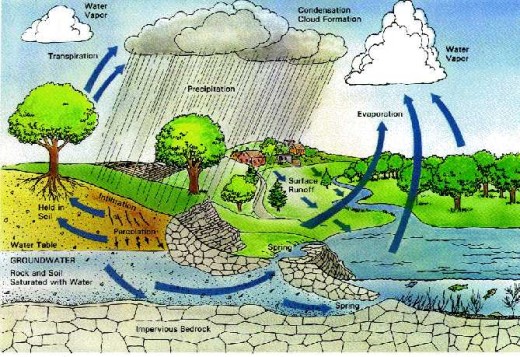
India is the seat of many ancient civilizations that flourished around river banks and yet today India is cited as the perfect example of bad water management. While foreign lands have pristine pure rivers flowing we have reduced our rivers to sewage lines and toxic dumps. Ironically India boasts of both floods and droughts in its country. There’s water overflow and sewage overflow in Indian cities during the rains. These very same cities have acute water shortage in summer. There’re several parts of the country where floods are routine year after year. What Indian rivers have is water bodies devoid of oxygen. The pollution has scaled such heights that the water of River Yamuna in Delhi or Ganga in Kanpur is classified as ‘dangerous’.
Indian hospitality begins by offering a glass of water to the tired and dreary guest. Nature gives us free water every year and today, we Indians sell water all over the country. Usmannagar is a small village in Maharashtra where water tankers have been selling water all year round for the last fifteen to twenty years. In India we have developed a new ‘tanker culture’. Lives have been lost in acquiring water from tankers. The farmers of Bihar have gone a step further, they have taken up arms to prevent water stealing. Recently there was a heated scramble amongst the villagers in Maharashtra for tanker water while the water from their very own neighboring villages was diverted to the cities through pipelines. This squirmish resulted in the death of a young boy. Bloodshed and agitations for a pot of water are becoming common place!
Indian hypocrisy comes further to the foreground where we claim rivers as 'goddesses' but pollute them with garbage, dead bodies and even toxic industrial waste with supreme irreverence.
Mohanjodaro-Harappan civilization were a part of Indian culture and tradition that flourished on the banks of River Sindhu. The archaeological excavations uncovered systematic well covered sewage lines and pond systems. This was the system of water delivery back in 5000 BC. But today, the concrete jungles prevent rain water seepage into the soil. With cemented floors we prevent the accumulation of the rain water seeping into ground. The water cycle is interrupted! Rain is the main source of water, a part of which evaporates back into the atmosphere, a part runs off as surface water as a river perhaps and the remaining part percolates into the ground and remains as groundwater. Groundwater is very ancient, at times several million years old. Man has therefore a great responsibility to sustain and protect this treasure for our environment. The top 200 to 300m of the earth is responsible for all our development. This contains groundwater, minerals, nutrients for the plants and the construction materials, too. Water has played a great role in creating a veneer of fertile soil, in enriching mineral deposits and supporting and preserving biosphere. The industrial establishments heavily depend on water. It can be easily realized from the fact that the production of one ton of steel requires about 100 tons of water. That is true for any other industries like textile, leather, jute etc. With rapid industrialization in the 20th century, growth of population and other human activities water has become a very valuable commodity today. It is believed that if there be a third World War it will be on the issue of water. We humans have a notion that all that is there in this world belongs to us and we have all the right to squander its natural resources, but what we think is ours, does belong to other species as well. So while we intelligently mess with the hydro-cycle and send the eco-system into a tizzy, we ignorantly rob animals of their water and hence their lives.
Each one of us can make a difference, just like every drop in the ocean makes a difference. As Mother Teresa had said, “We ourselves feel that what we are doing is just a drop in the ocean. But the ocean would be less because of that missing drop.” If each of us recognise, realise and respect water as our most precious resource ever, we can mirror the ocean in all its forceful resilience. And we might just be able to placate the global water crisis, if not completely vanquish it. It shouldn’t be too late when we realise our mistake. A hot water heater may consume a fifth of your home's electricity and if you pump your own water from a well, that's a double whammy.
Electricity and water are interconnected. Most electric power plants require water to operate. Nuclear and fossil fuel power plants drink over 185 billion gallons of water per day. Geothermal power plants add another 2 billion or so gallons a day. Hydropower plants use water directly to generate power. Since 98 percent of the water used in power plants is returned to its source, distinctions are made between use and consumption.
These plants also de-water ecosystems and disrupt wildlife. They pollute the air which is why we are trying to save the energy in the first place. A great way to conserve water is to decrease the need for so much electricity. Stop making a distinction between saving water and saving energy. Just because you live in a state with a lot of rainfall does not mean you’re off the hook in terms of water conservation. And if you want to reduce greenhouse emissions, saving water may be the best way to do it. Everything is related.
To conclude in the words of Mahatma Gandhi–
“Earth provides enough to satisfy everyman’s need but not enough for any man’s greed.”

